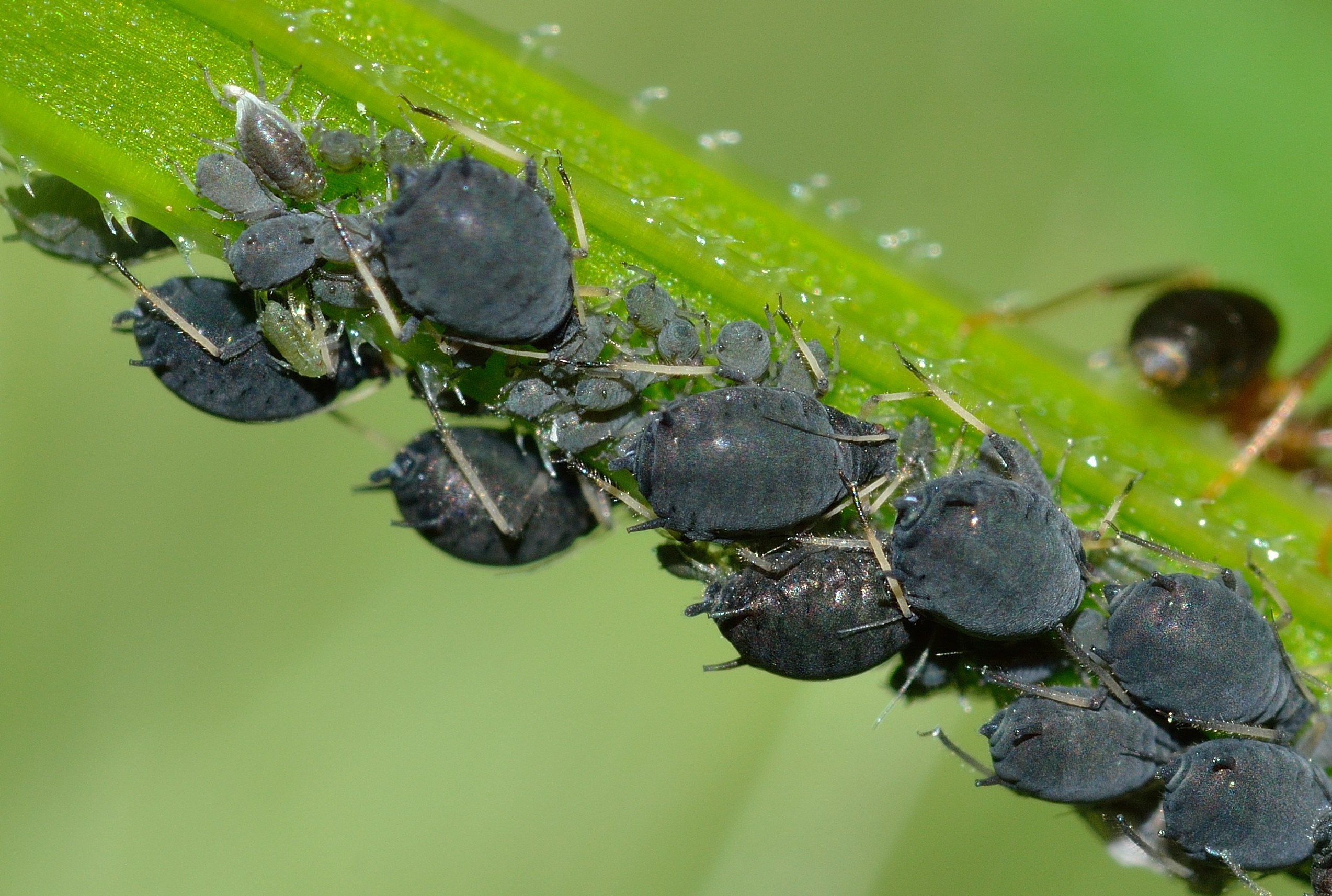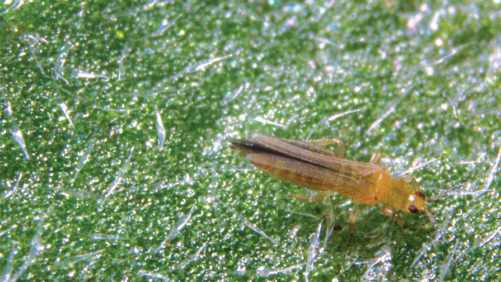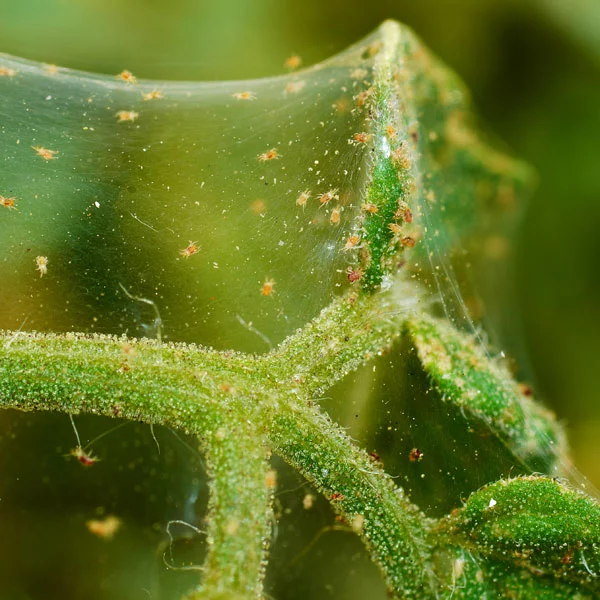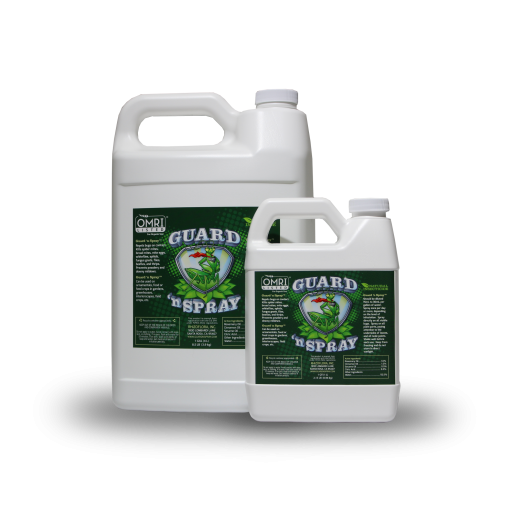In this article, Growers Network discusses a few common cannabis pests and how you can handle them all with a single, natural treatment.

It’s the stuff nightmares are made of, the kind of thing that can make a cannabis grower wake up in a cold sweat. But it’s not a nightmare. It’s real. And every grower is susceptible. What am I referring to? Pests. And, nothing bugs growers more than an outbreak of those nasty little guys who want nothing more than to destroy your crop. But what can you do about it? Every cannabis grower should be implementing an IPM program if they’re not doing so already. If you’re unfamiliar with IPM (integrated pest management) we can simplify the concept as “monitoring for problems before they occur.” A robust IPM program, implemented correctly, can prevent or minimize a host of pest and disease problems before they get out of control. IPM is a little more complicated than just monitoring, but successful growers will tell you that IPM is worth the effort in terms of money saved and plant protection, but a good IPM program doesn’t guarantee you won’t see pests, or even end up with an infestation (though it significantly lowers the risk). So what can you do if you do need to treat for pests as part of your IPM regimen? We’ve got some answers for you, but let’s start with a quick look at a few common pests you may encounter.
Aphids

Aphids are the small, sap-sucking insects that you can see in the image above. In addition to damaging the plant by sucking nutrients, water, and sugar from the leaves and stems, they leave behind a sticky secretion called “honeydew” that can facilitate growth of mold. They can also spread disease as they feed on new plants. Aphids prefer to be out of the light so they are most prevalent on the undersides of leaves, stems, and stalks. Honeydew can also attract ants, which can be another sign of aphid infestation. Additionally, aphid leaf damage shows as yellowing or curling.
Thrips

Thrips are tiny, sap-sucking insects that will happily infest a variety of plants, including cannabis. They are about the width of a sewing needle, and only about as long as the point. They are most easily observed with a magnifying glass or microscope, but you can spot these guys with the naked eye if you know what you’re looking for. While thrips are a pain, their true threat isn’t from the direct damage they do to your leaves, but rather their ability to transmit plant diseases and cause other problems. Unlike aphids, which tend to find a target plant and sit there as long as possible, thrips are relatively mobile, taking the juice from your plants wherever they please. Again, unlike aphids, which are usually host-specific, thrips can occupy a wide variety of host plants, thus enabling the spread of a variety of diseases. Additionally, some thrips are known to create plant galls, which are basically plant warts. Thrips can reproduce asexually, meaning that if even one gets into your grow operation, the problem could become exponential. Vigilance is key!
Spider Mites

Spider mites refer to several species of arachnids that live on the underside of leaves, feeding on the foliage and damaging the plants. In cannabis, spider mites can result in low yields, and in extreme cases, total plant death. Spider mites are most often detected on the underside of leaves. Affected leaves can appear spotted or striped due to mite feeding with heavily impacted leaves turning yellow and dying completely. An additional sign is their eponymous webbing, a silk secretion left on the underside of leaves.
Whiteflies

Whiteflies look like their name suggests: little white flies. They have also been described as looking like small white moths, though in truth they are more closely related to aphids and cicadas. They attack plants in much the same way as the spider mites we mentioned previously. They hide on the underside of leaves and puncture them to suck nutrients, water, and sugar from the plant. Whiteflies will typically be detected before you see any damage to the plant. Just giving the plant a slight shake can create of cloud of scattering whiteflies. Affected leaves will become spotted as a result of the whitefly feeding. Additional effects on the plant include leaf yellowing, leaf drying, and slowed growth. You may be thinking, “Great, thanks for the info, but what can I do about these pests if I see them?” Well, we’ve got some answers.
What to do if you get an infestation
The fact is, if you see these pests, you’re going to have to apply some sort of treatment, but which? If the infestation is minimal, or you catch it quickly enough, some pests can be removed by hand. This minimally invasive strategy is great if you have the manpower. But what if hand removal isn’t an option? Fortunately, there are a number of pest control products that are considered safe, organic, and effective. Guard ‘n Spray is a product that recently came to my attention through a grower friend who was dealing with an outbreak of spider mites. Like I alluded to above, even though my grower friend had a previously successful IPM program in place, it wasn’t a guarantee that his grow would remain pest free. He needed to treat, and quickly before he was looking at a significant yield loss. Guess what? It worked.
What's Guard 'n Spray?
Guard 'n Spray is a broad spectrum, natural pesticide that can treat for the pests described above and more. Guard ‘n Spray uses a combination of food-grade organic oils and citric acid to deliver an attack on common garden pests. Aphids, whiteflies, fungus gnats, spider mites, flies, beetles, broad mites, and thrips can all be controlled using Guard ‘n Spray. Guard ‘n Spray can also help control powdery and downy mildews when used as a preventative spray. The Omri-Listed organic formulation of food-grade cinnamon, rosemary, and sesame oils work to desiccate, starve, and suffocate garden pests without the use of harsh synthetic chemicals. Cinnamon oil is a known repellent for many types of pests, and the combination of sesame and rosemary oils have a toxic effect when consumed by biting or sucking insects. These oils also contribute to the suffocant action of Guard ‘n Spray, which clogs the breathing tubes (spiracles) of pest insects. Citric acid helps to break down and desiccate exoskeletons and fungal spores on contact, before they are able to establish colonies on your plant. Guard ‘n Spray’s components feature mechanisms of action that will be fatal to adults, larvae, and eggs for a full-spectrum organic insecticide solution. Guard ‘n Spray is approved for use on cannabis in CA, CO, and WA.
Tips for using Guard ‘n Spray:
- Use in fogger or atomizer systems for complete coverage throughout your crop, making it a versatile yet safe pesticide for growers of any scale
- Control Aphids, Thrips, Spider Mites, Whiteflies, Thrips, Broad Mites, and more
- Zero Re-Entry Time for less downtime between tasks
- Use as a preventative spray once per day for optimal results
- 1 Quart or Liter of Concentrate makes up to 64 Gallons. 1 Gallon makes up to 256 Gallons
- Turn-key solution for compliant pest control - won’t harm bees and beneficial insects
So there you have it, info on a few of the common pests cannabis farmers are likely to face, and a recommendation for a natural biological product to treat them all. What did you think readers? Are you ready to face the worst? Let us know about your IPM strategy in the survey below, or better yet, click one of the "Join Now" buttons on this page and join our forum. There you can network with thousands of cannabis professionals. What are you waiting for? Join now and start a conversation!
10 Best Gift Ideas for Cannabis Connoisseurs and Growing Aficionados (2022)
December 7, 2022Developing and Optimizing a Cannabis Cultivation System
December 14, 2021Dealing with Insomnia: How Can CBD Help?
December 10, 2020Your Guide to Sleep and CBD
December 7, 2020
Do you want to receive the next Grower's Spotlight as soon as it's available? Sign up below!

Do you have any questions or comments?

About the Author
Chris DeWildt is a graduate of Grand Valley State University and Western Kentucky University. He worked in education and publishing for ten years before joining the team at Growers Network. In addition to editing the GN blog, Chris also works on the Canna Cribs series.
